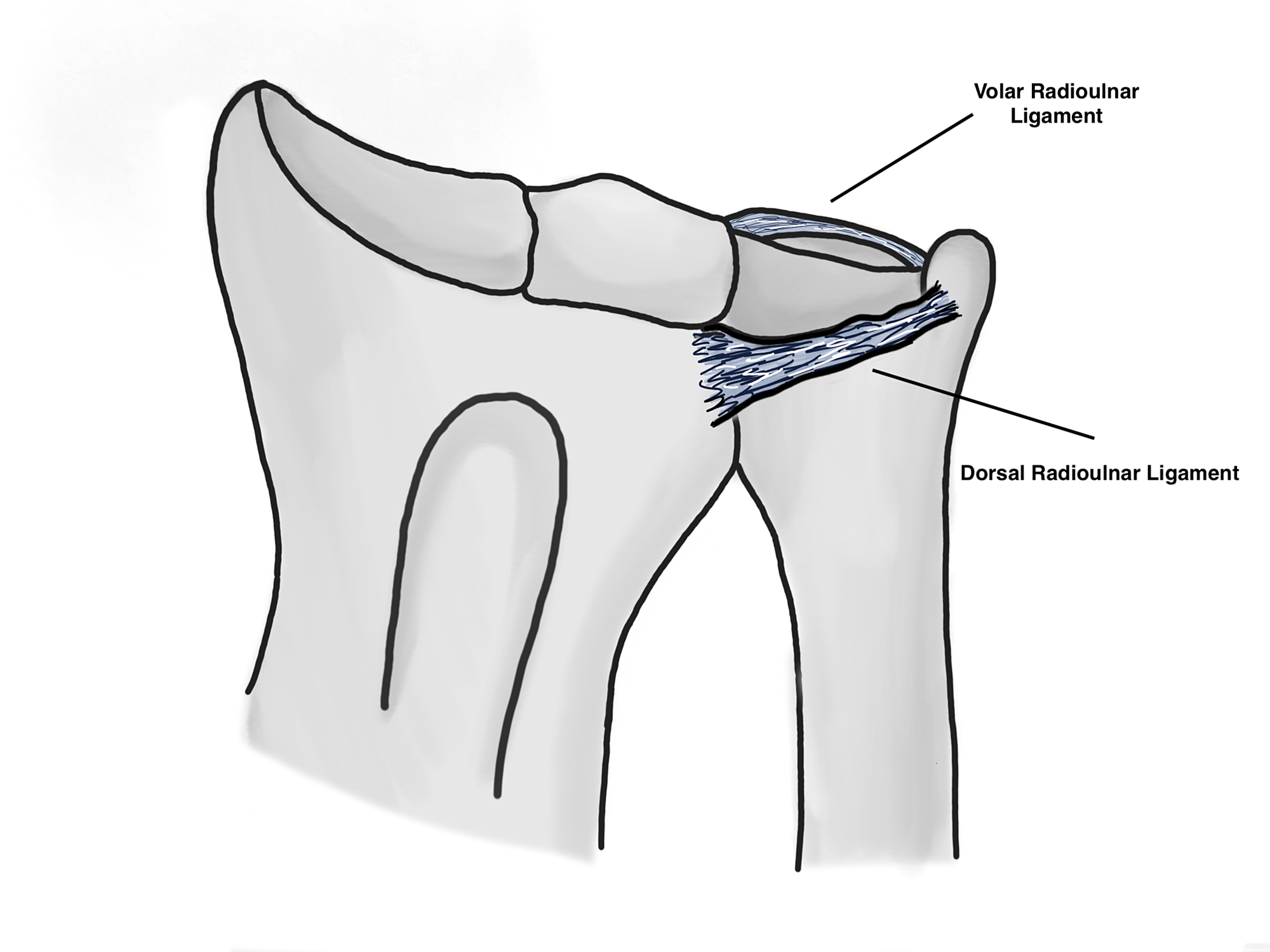

Manual review of eligible articles (especially systematic reviews and metaanalyses)Īrticles (at least abstracts) not published in English, French, or German were excluded. Pubmed (Medline): (“radius fractures” OR distal radius fracture*) AND (“rehabilitation” OR “exercise” OR “physiotherapy” OR “occupational therapy” OR “mobilization” OR “training” OR “edema” OR “glove” OR “PEMF” OR “mirror”) Although it is assumed that patients who receive early structured physiotherapy achieve a faster recovery, it is unclear whether SPS is truly beneficial over natural recovery or HEP.Ĭochrane search: “distal radius fracture” In contrast, SPS consists of exercises performed in specific places, such as a hospital under the supervision of a physiotherapist or other medical personnel, for a certain period. This measure is the minimal intervention usually provided to patients during or after immobilization, and many randomized controlled trials (RCTs) adopted HEP to the control group. This is the simplest and most cost-effective form of rehabilitation after DRF.

HEP consists of basic education and advice including fracture protection, cast care, and edema control as well as instructions to engage in progressive exercise at home. HEP and SPS are the two most frequently prescribed forms of rehabilitation. What is the effect of rehabilitation protocols (home exercise program versus supervised physiotherapy session ) on functional outcome after DRF, and when should they be initiated? This issue will become increasingly important because of the predicted increase in the number of affected patients and demand for cost-effective healthcare. Despite rehabilitation being critical to the final prognosis of DRF, sufficient evidence of its application and efficacy is lacking. Rehabilitation prevents fracture-related complications and optimizes functional recovery to maintain activities of daily living. However, achieving successful outcomes requires both sound definitive treatment and timely appropriate rehabilitation. Although many studies have focused on immobilization methods or surgical approaches, little attention has been given to rehabilitation protocols during or after those definitive treatments. However, surgical treatment has been increasingly adopted as a reliable modality since the volar locking plate (VLP) was introduced as a robust implant. Nonoperative treatment with a cast remains the most popular treatment for stable fracture. Reduction was satisfactory and fixation strength seemed stable.ĭRF is a very common injury. (C) AP and (D) lateral wrist radiograph after successful operation with a volar locking plate. When the opposite occurs (that is, the radius breaks and shortens), the distal radio-ulnar joint dislocates, resulting in the Galeazzi or "reverse Monteggia" fracture.(A) Anteroposterior (AP) and (B) lateral wrist radiograph of Case 2, an 86-year-old woman with a displaced distal radius fracture whose initial reduction was not maintained within a sugar-tong splint applied in the emergency department. When the ulna is fractured and shortened, the proximal radio-ulnar joint dislocates (the Monteggia fracture). The proximal and distal joints must be carefully scrutinized in every fracture of the forearm. In fractures of the forearm, any shortening of one bone of the forearm necessitates either a fracture of the other with equivalent shortening, or a dislocation at the proximal or distal radio-ulnar joint (Fig 1). Mistakes in their management account for a high incidence of poor results. They are inherently unstable due to a variety of factors which are poorly understood by many surgeons. FRACTURE-dislocations of the forearm are not common injuries.


 0 kommentar(er)
0 kommentar(er)
